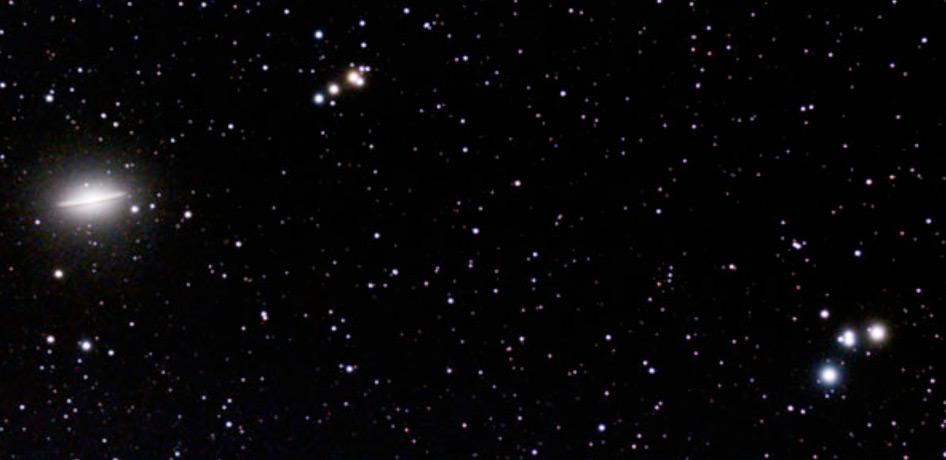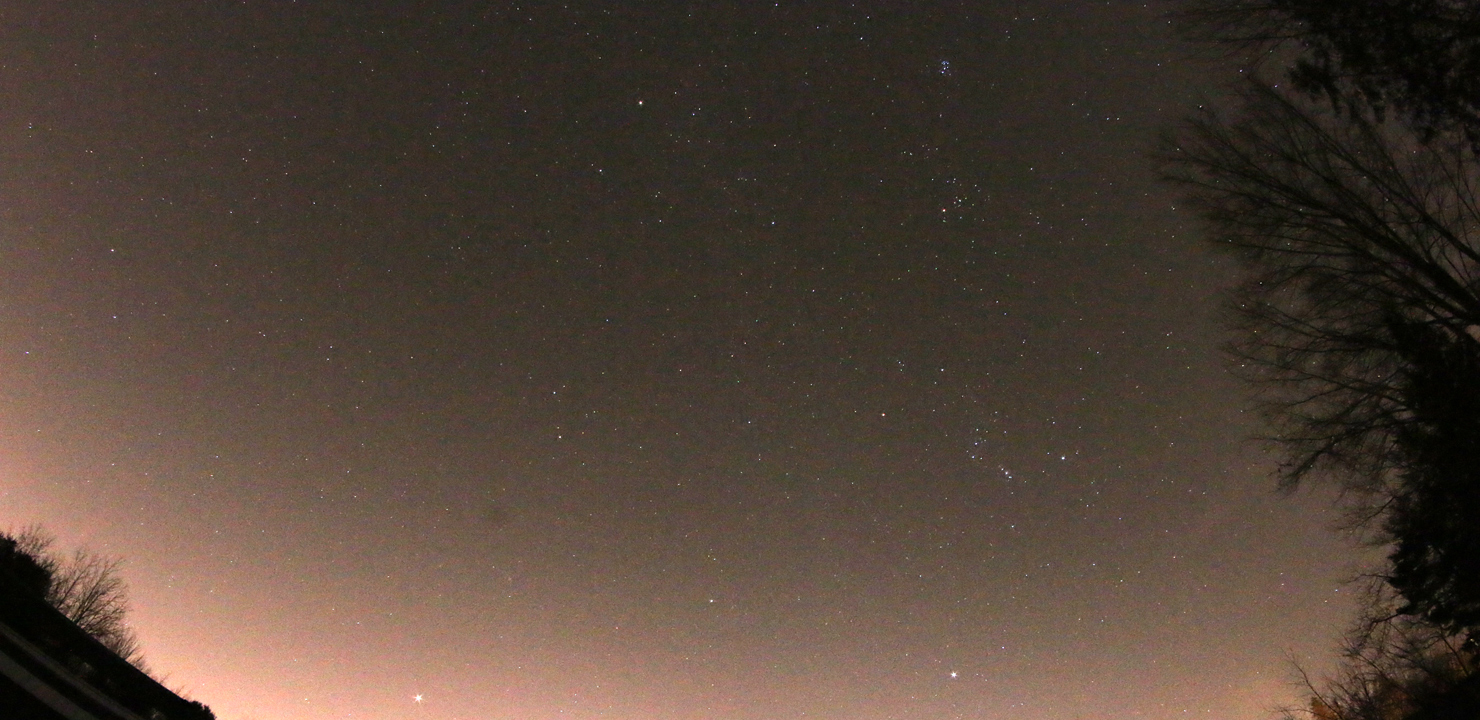The Sky in April
Meteor Shower
Lyrids
Peaks April 21-23The Constellations of Spring
By Francine JacksonObserving Projects for April
Spring Double Stars: The Three Leaps of the Gazelle
: By Nan D'AntuonoSome Bright Spring Double Stars
: By Glenn ChapleA Selection of Double Stars in Cancer
: By Glenn Chaple
A Better Galaxy Guide: Late Spring
: By Craig Cortis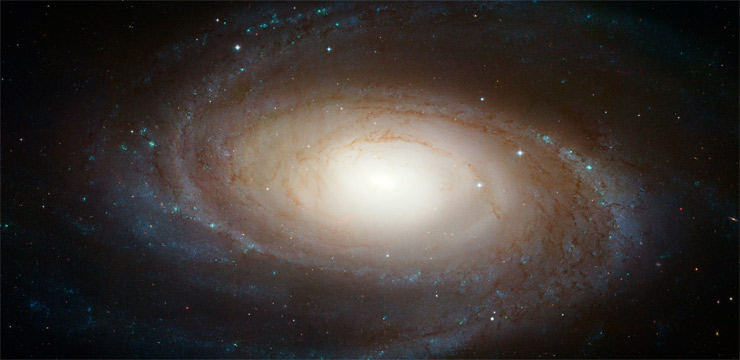
A Better Galaxy Guide: Early Spring
: By Craig Cortis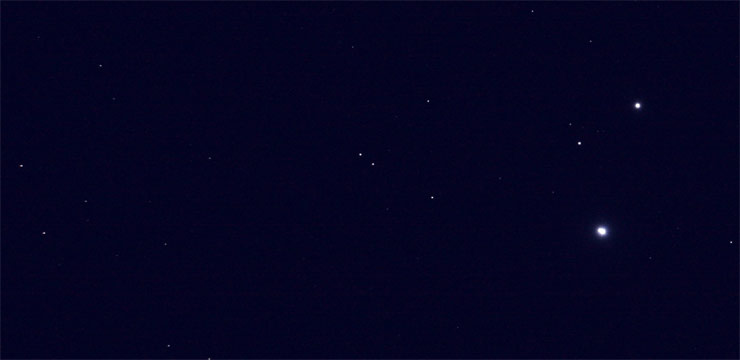
Mizar, The First Double Star
: By Glenn Chaple44 Boötis
: By Glenn ChapleSirius
: By Glenn ChapleCan You Find a Quasar? (You Might be Surprised)
: By Craig CortisM40: The “Unknown” Messier Object
: By Glenn ChapleThe Constellations of Spring
: By Francine Jackson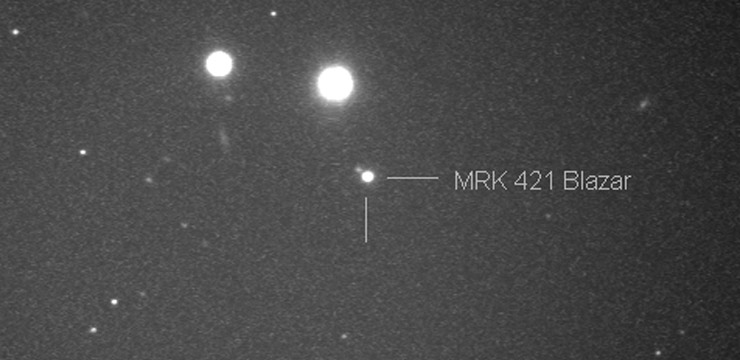
Seeking Markarian 421: The Brightest Blazar
: By Craig CortisNGC 2903: Spiral Galaxy in Leo
: By Glenn Chaple3C 273: Quasar in Virgo
: By Glenn Chaple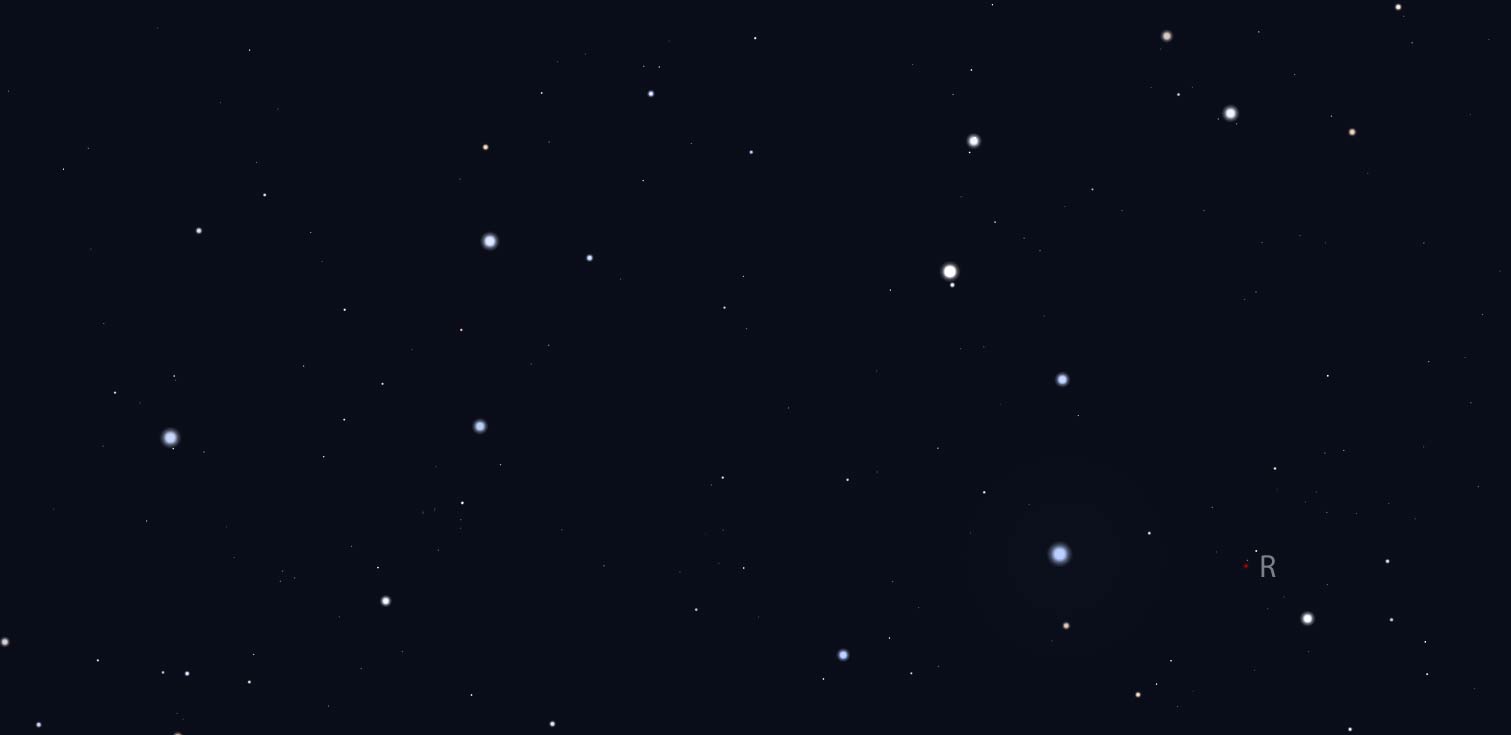
Variable Star R Leonis
: By Glenn Chaple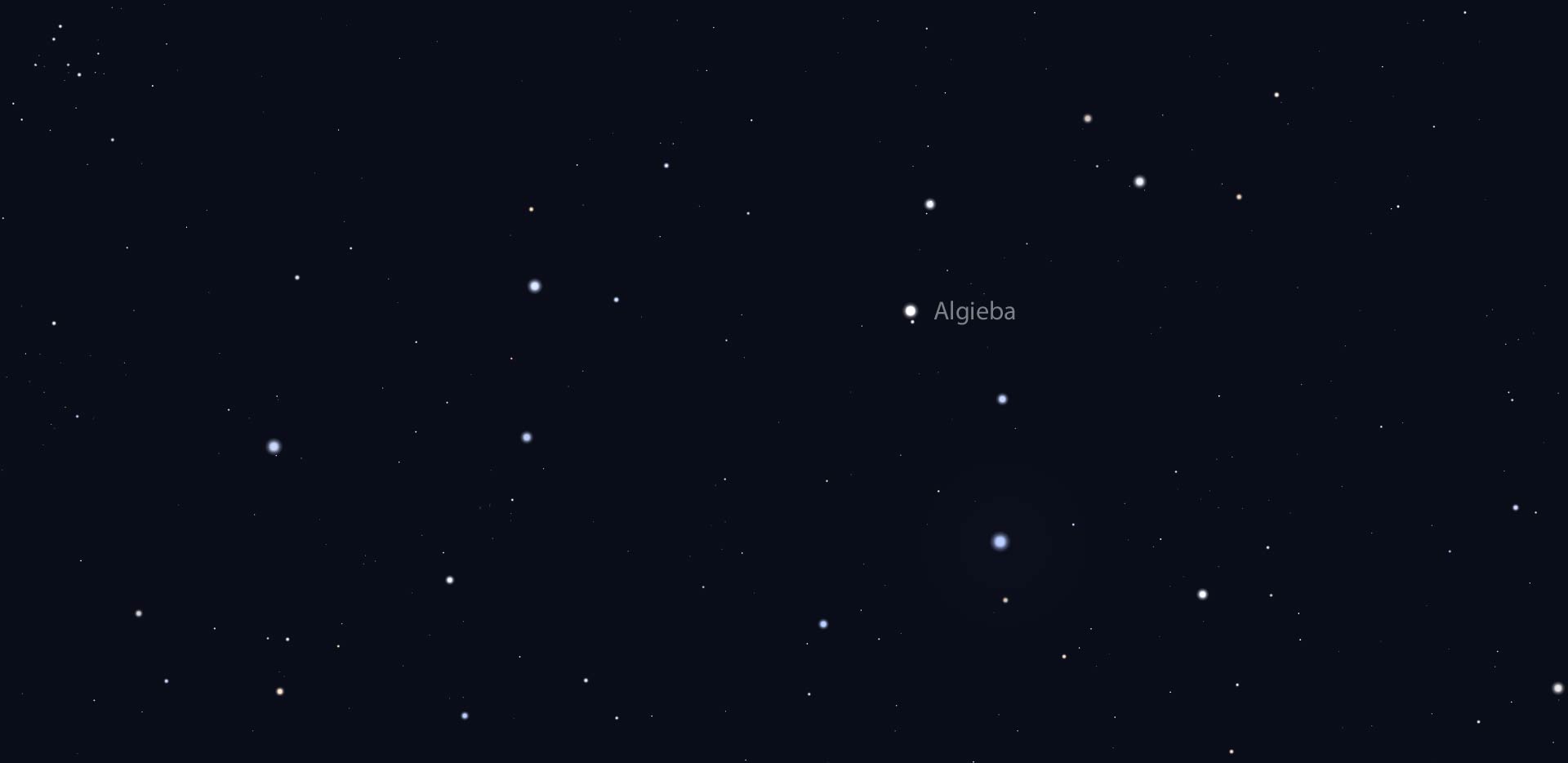
Algieba: Double Star in Leo
: By Glenn ChapleApril Moon
: By Francine Jackson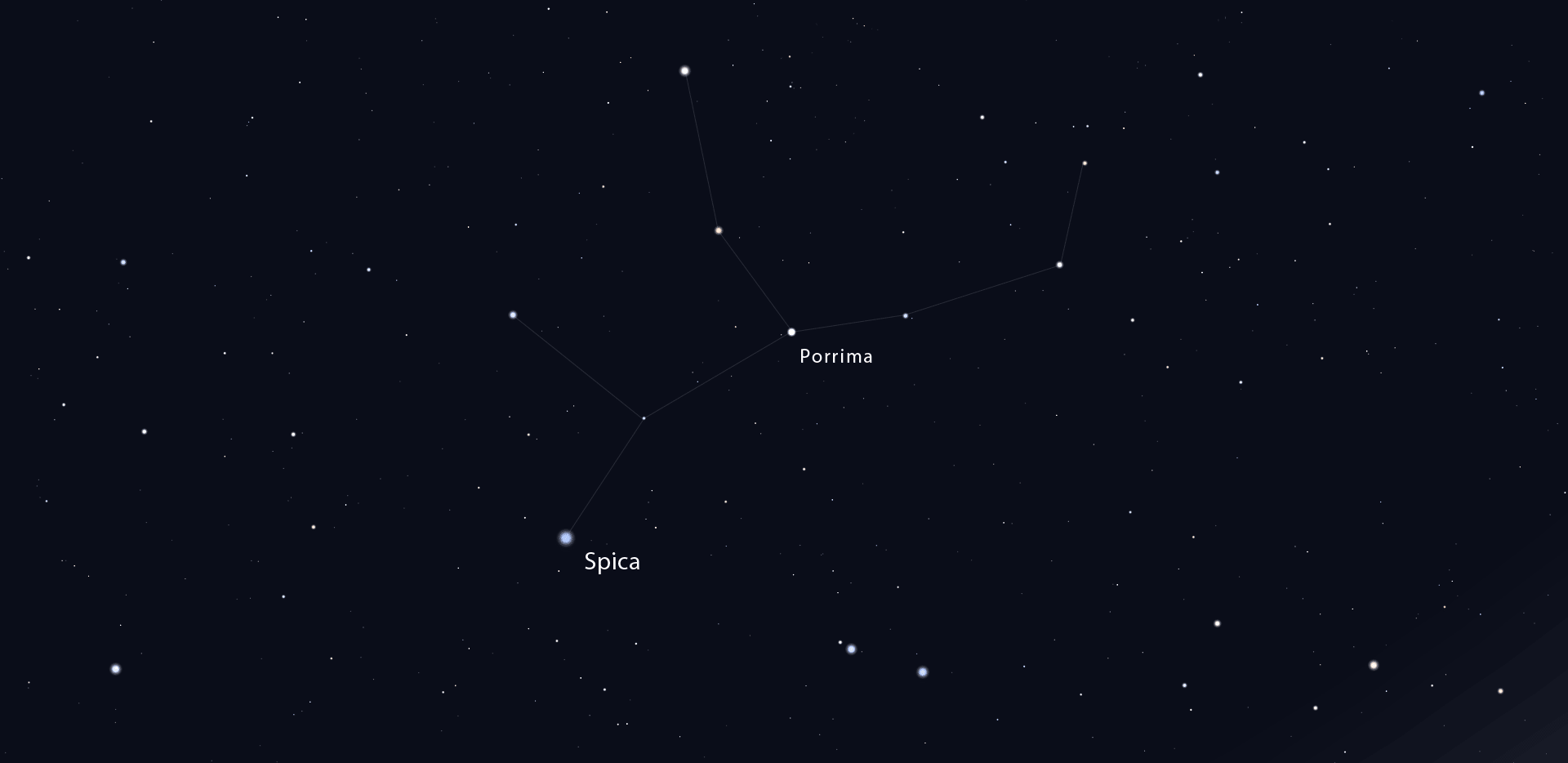
Porrima: Binary Star in Virgo
: By Glenn ChapleBinary Star: Xi Boötes
: By Scott MacNeillA Review of Harrington's Spring Sky Highlights
: By Francine JacksonGhost of Jupiter: NGC 3242
: By Glenn Chaple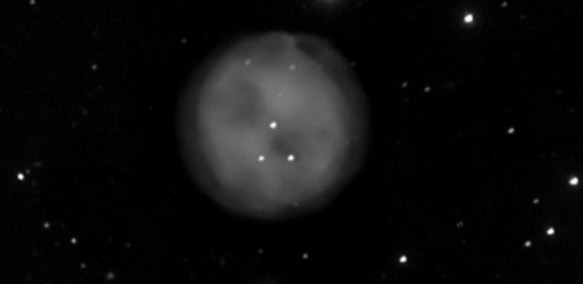
M97: The Owl Nebula
: By Glenn Chaple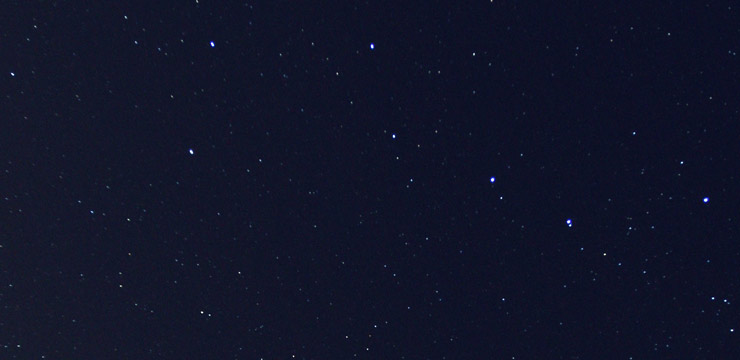
Getting to Know the Big Dipper
: By Jim Hendrickson
M101: Spiral Galaxy in Ursa Major
: By Glenn Chaple